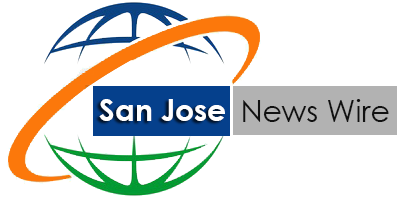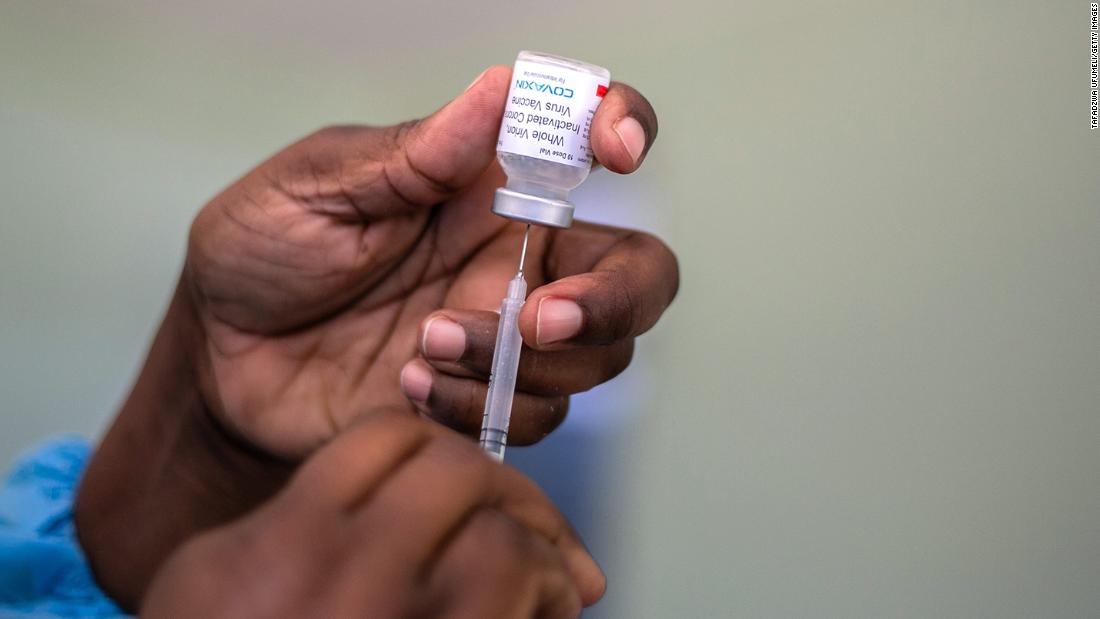Calls-to-action (CTAs) are crucial in guiding users towards desired actions on your website or marketing materials. The specificity of your CTAs can significantly impact conversion rates. By using precise and targeted language, you can improve user engagement and drive higher conversion rates. In this article, we'll explore how to harness the power of specificity in your CTAs to enhance conversions effectively.
Understanding the Role of Specificity in CTAs
Specificity in CTAs refers to the clarity and detail of the action you want users to take. Instead of vague instructions like "Click Here," a specific CTA provides users with a clear understanding of what will happen next. For example, "Download Our Free E-Book on Digital Marketing Strategies" is much more effective than simply "Download Now."
Specific CTAs create a sense of urgency and relevance, making users more likely to follow through. When users know exactly what to expect and how it will benefit them, they are more inclined to act. This precision helps in reducing ambiguity and sets clear expectations, ultimately leading to increased conversions.
Crafting Specific and Action-Oriented CTAs
When designing CTAs, focus on crafting messages that are both specific and action-oriented. Action-oriented CTAs use strong verbs to drive users towards taking a specific action. Here’s how you can achieve this:
Use Clear and Direct Language: Phrases like "Get Your Free Trial Today" or "Start Your 30-Day Free Trial" are more compelling than vague statements. Users should immediately understand what they will gain by clicking on your CTA.
Highlight Benefits: Specify what users will get by taking the action. For example, "Unlock Exclusive Discounts with Our Newsletter Signup" informs users about the benefit they will receive.
Include Time Sensitivity: Adding a sense of urgency can motivate users to act quickly. Phrases like "Limited Time Offer" or "Sign Up Before Midnight" can create a sense of urgency that drives conversions.
Be Specific About the Action: Instead of using general terms like "Learn More," use specific phrases such as "Discover How Our Software Can Boost Your Sales."
By incorporating these elements, your CTAs will be more effective in guiding users towards the desired action.
Aligning CTAs with User Intent
To maximize the effectiveness of your CTAs, align them with the intent of your audience. Understanding what motivates your users and tailoring your CTAs to meet their needs can lead to higher conversion rates.
Identify User Needs: Use data and insights to determine what users are looking for at different stages of their journey. For instance, a CTA for a lead generation form should address the specific pain points of your target audience.
Segment Your Audience: Different segments of your audience may have different needs and motivations. Customize your CTAs to address the specific concerns of each segment. For example, a CTA for a new product launch might differ from one for a product upgrade.
Test and Refine: Conduct A/B testing to compare the effectiveness of different CTAs. Analyze which specific CTAs perform best and refine your approach based on these insights.
Aligning your CTAs with user intent ensures that your messages resonate with your audience, leading to higher engagement and conversion rates.
Utilizing Personalization in CTAs
Personalization enhances the relevance of your CTAs by tailoring them to individual user preferences and behaviors. Personalized CTAs can significantly boost conversion rates by making users feel valued and understood.
Leverage User Data: Use data such as browsing history, past interactions, and demographic information to personalize CTAs. For example, a CTA that references a user’s previous purchases or browsing behavior can be more compelling.
Dynamic CTAs: Implement dynamic CTAs that change based on user behavior. For instance, a returning visitor might see a CTA offering a discount on their next purchase, while a first-time visitor might see a CTA inviting them to subscribe to a newsletter.
Customize Offers: Tailor your offers based on user interests. For example, if a user frequently visits pages related to a specific product category, a CTA offering a discount on that category can be highly effective.
Personalization ensures that your CTAs are relevant to individual users, increasing the likelihood of conversion.
Testing and Analyzing CTA Performance
Regularly testing and analyzing your CTAs is crucial to understanding their effectiveness and making data-driven improvements. Here’s how you can approach this:
A/B Testing: Experiment with different versions of your CTAs to see which performs better. Test variations in wording, color, placement, and design to determine what resonates most with your audience.
Track Metrics: Monitor key metrics such as click-through rates (CTR), conversion rates, and user engagement. Analyzing these metrics will help you understand which CTAs are driving the most conversions.
Gather Feedback: Collect feedback from users to gain insights into their experiences with your CTAs. This can provide valuable information for refining your approach.
By continually testing and analyzing your CTAs, you can make data-driven decisions to optimize their effectiveness and drive higher conversions.
FAQs
What is a CTA and why is it important?
A CTA, or call-to-action, is a prompt that encourages users to take a specific action, such as signing up for a newsletter or making a purchase. It’s important because it directs users towards the desired outcome and helps guide them through the conversion process.
How does specificity impact the effectiveness of a CTA?
Specificity in a CTA provides clear instructions and sets precise expectations for users. This clarity helps users understand what action they need to take and what benefits they will receive, leading to higher engagement and conversion rates.
What are some examples of specific CTAs?
Examples of specific CTAs include "Download Our Free E-Book Now," "Get 20% Off Your First Purchase," and "Start Your Free Trial Today." These CTAs clearly communicate the action users should take and the benefits they will receive.
How can personalization enhance CTA effectiveness?
Personalization enhances CTA effectiveness by tailoring messages to individual user preferences and behaviors. Personalized CTAs make users feel valued and increase the likelihood of conversion by addressing their specific needs and interests.
What are some best practices for testing CTAs?
Best practices for testing CTAs include conducting A/B tests to compare different versions, tracking key metrics such as click-through and conversion rates, and gathering user feedback to refine your approach. Regular testing helps you understand what works best and optimize your CTAs for better results.
In conclusion, leveraging the power of specificity in your CTAs can significantly improve conversion rates. By crafting clear, action-oriented, and personalized CTAs, and by continually testing and analyzing their performance, you can drive higher engagement and achieve your marketing goals more effectively.
Get in Touch
Website – https://www.webinfomatrix.com
Mobile - +91 9212306116
Whatsapp – https://call.whatsapp.com/voice/9rqVJyqSNMhpdFkKPZGYKj
Skype – shalabh.mishra
Telegram – shalabhmishra
Email -info@webinfomatrix.com









 English (US) ·
English (US) ·